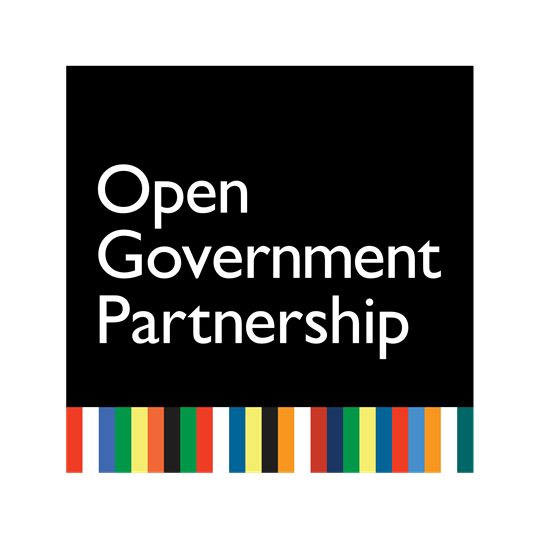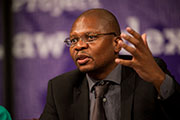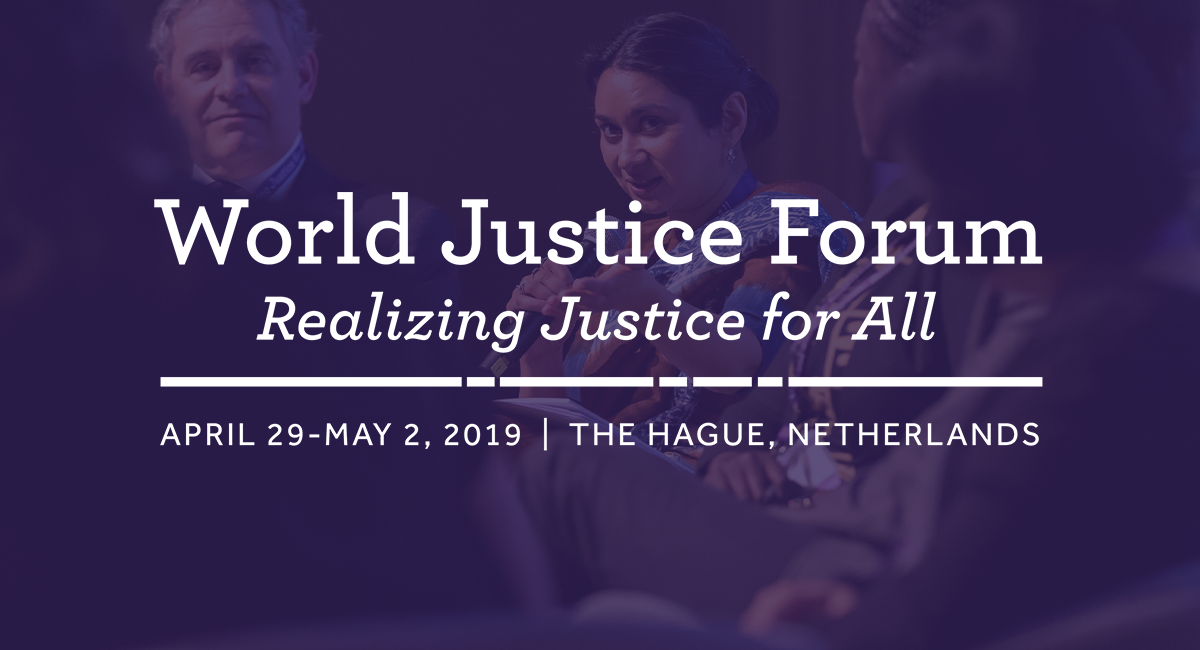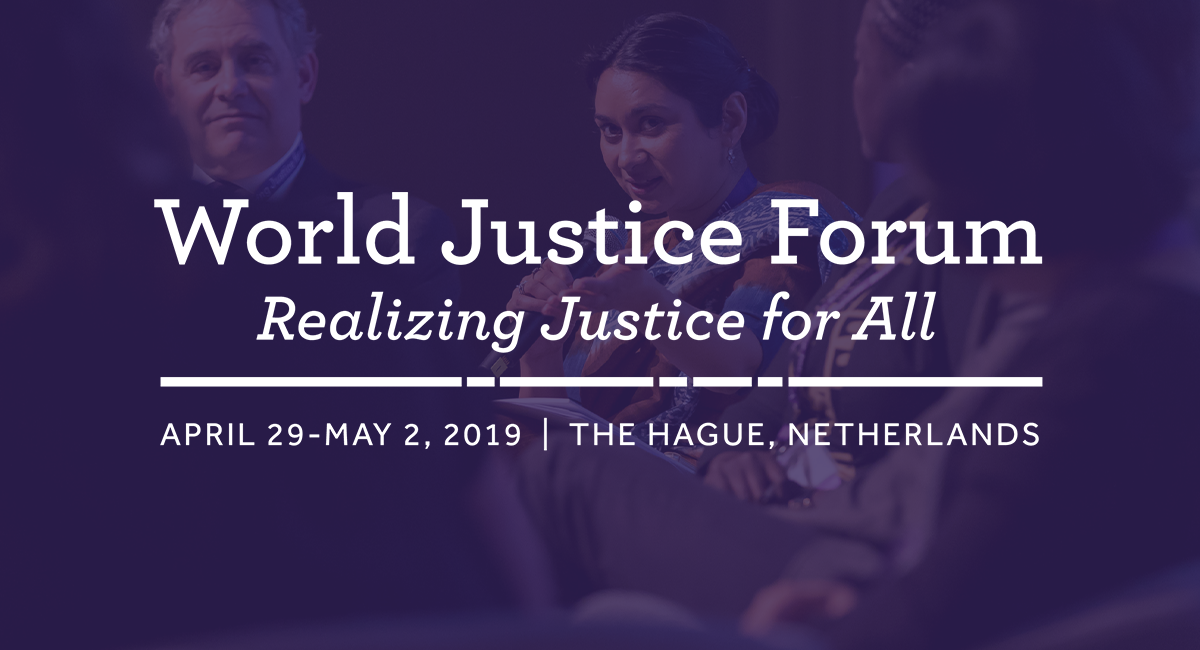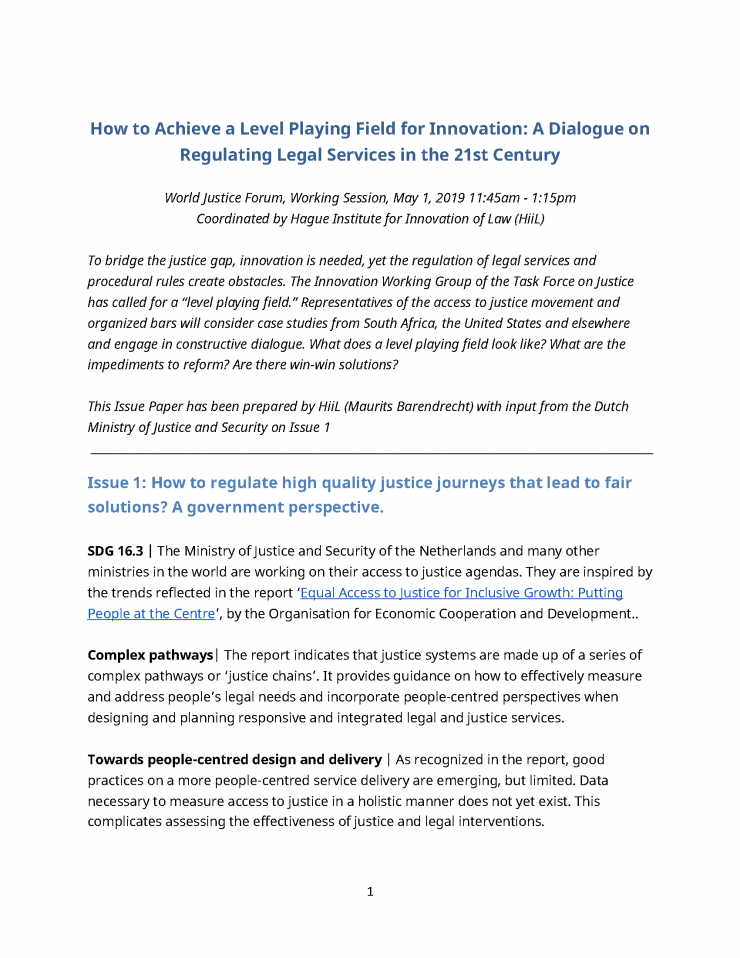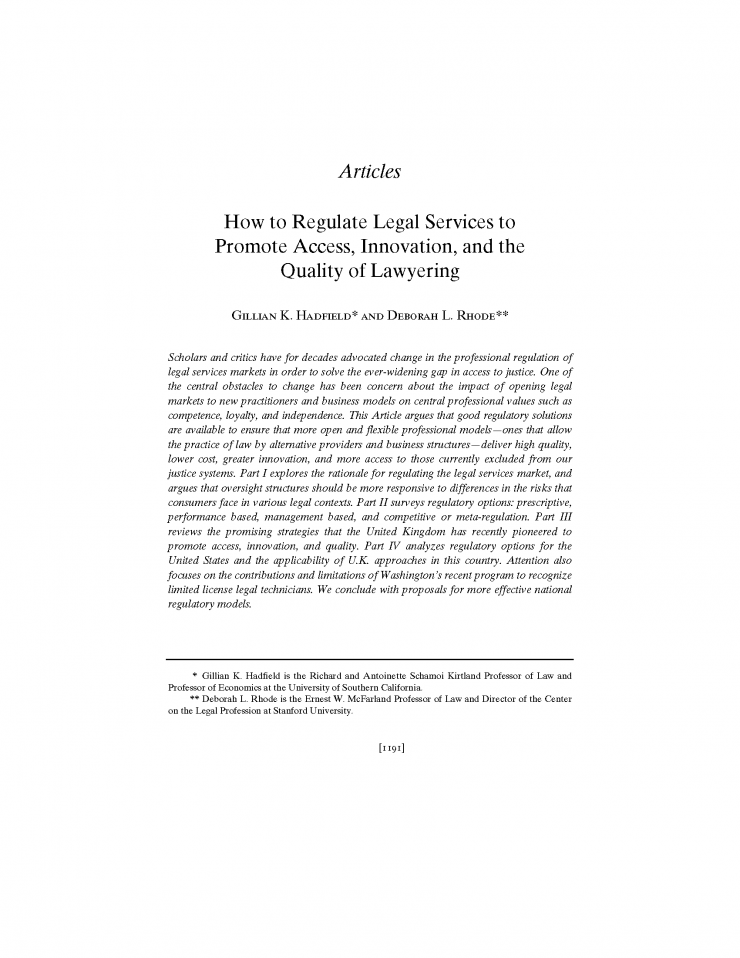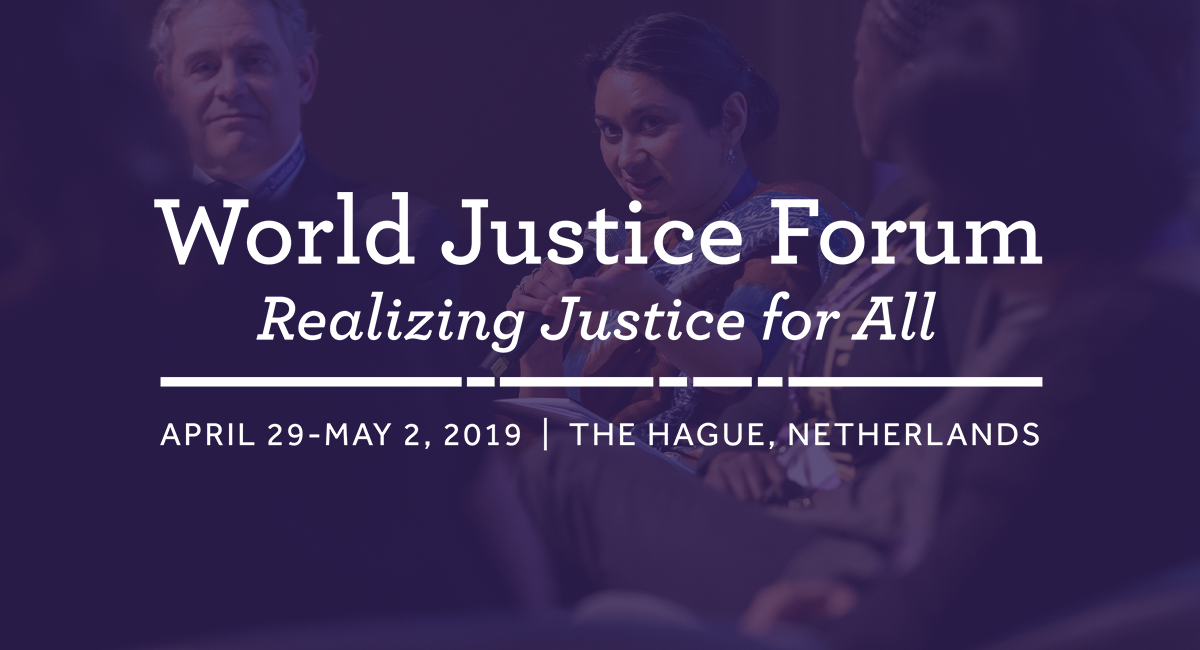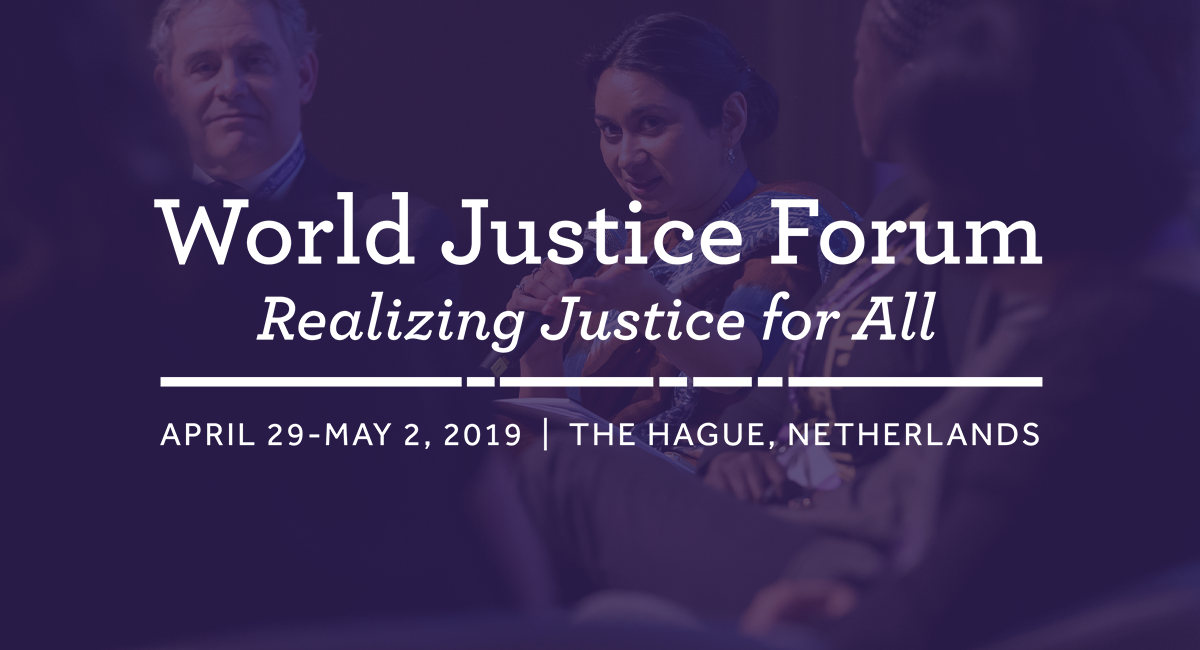The Open Government Partnership has become a major platform to push for more open, transparent, participatory and responsive government. Increasingly, OGP is being used to advance reforms related to access to justice, open justice, and goal 16 more broadly (including access to information, anti-corruption and ensuring citizens have a voice in government decisions). Last year, 28 countries made commitments as part of their OGP action plans. The session included presentations from Moldova, Indonesia, Macedonia, and Argentina on how the countries are using OGP to advance access to justice. Recommendations from the session include:
● Identify champions within government who are open to being allies on A2J issues and willing to use the window of opportunity created by the OGP process;
● Link A2J agenda to other issue areas to make it relevant to other areas of social and economic
development, and to ensure that it can be sustained within other agendas;
● Link international commitments to local implementation and vice versa to ensure that high-level commitments are felt by target communities, and to showcase the work that is already being done at the national and sub-national level;
● Build a multi-country coalition on A2J commitments within the OGP; and
● Continue to push for justice commitments.
Read the full summary for this working session.
